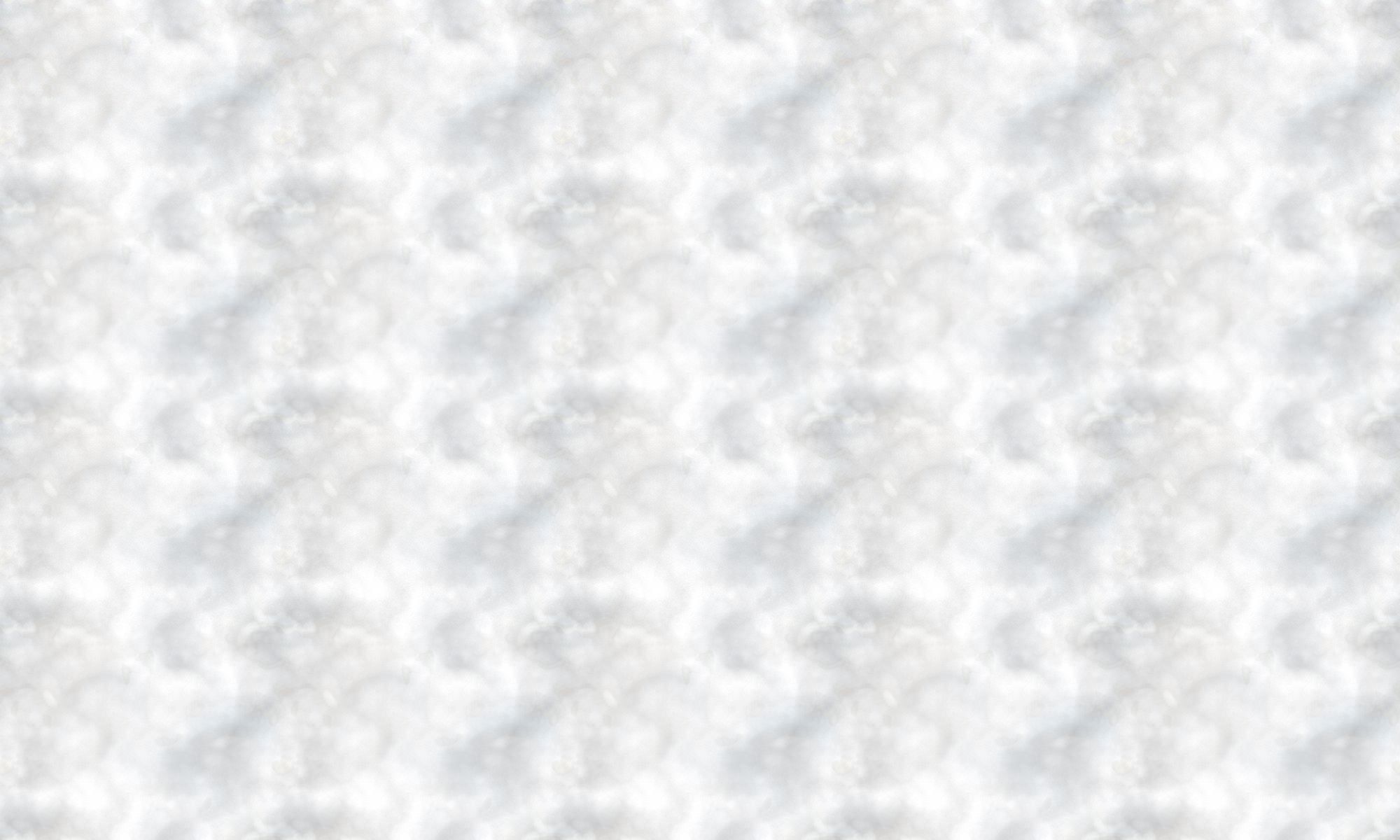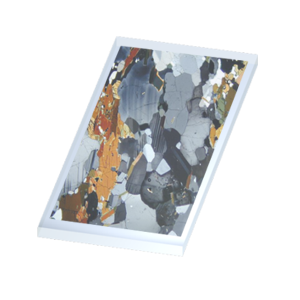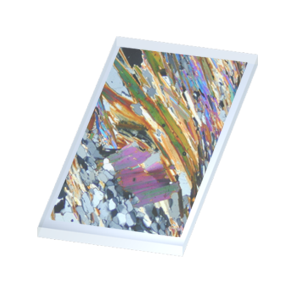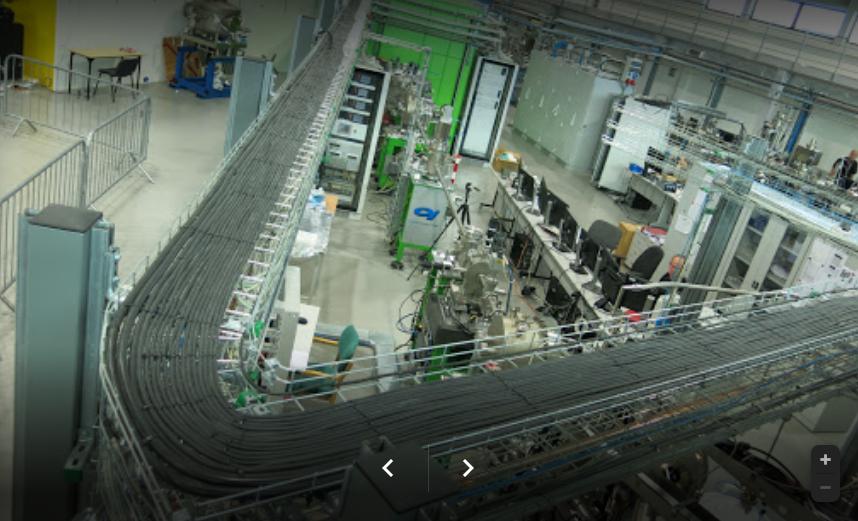











About the samples supplied to the MiĘKiNiA Lab.
How to prepare the samples for shipment
About the scope of services rendered by the MiĘKiNiA Lab.
Microscopic preparations with use of transmitted light:
- Thin section from an integrated sample, not covered and not polished of 30 microns thickness
- Thin section from an integrated sample, covered of 30 microns thickness
- Thin section from an integrated sample, polished of 30 microns thickness
- Thin section from an integrated sample, double-polished of 50 microns thickness
- Removable fluid inclusions
- Thin section from a non-integrated sample: grained, covered of 30 microns thickness
- Thin section from a non-integrated sample, grained, polished of 30 microns thickness
- Thin section from a non-integrated sample, powdered, covered of 30 microns thickness
- Thin section from a non-integrated sample, powdered, polished of 30 microns thickness
How to prepare the samples for shipment:
The samples collected in the field should preferably be cut on a diamond saw to the size of a glass on which a thin section is to be made. Standard thin sections are made on a rectangular glass plate measuring 28x48 mm, so a sample of cohesive rock after cutting should have a cube shape measuring 28x48x5÷10 mm. Cutting is not necessary, but we charge an additional fee for this service. Cutting is not recommended for powdery and fragile samples, which require preliminary impregnation. In this case, the cutting is included in the price. However, when a cutting is necessary (e.g. due to size), the sample should be twice as big for powdery or fragile rock, and three times as big for very fragile or powdery rock. This margin avoids a reduction in the surface area of the finished thin section. Fragile and powdery samples must be packed in a bag and very fragile and powdery samples in rigid containers. It is recommended to wrap them in impact absorbing material. Powder samples should be placed in a plastic bag with a lock or in a sealed container.
Contact Us
Address for letters:
MiĘKiNiA, Zakład Geotechniczny
c/o Aleksandra Kulbicka
30-376 KRAKÓW, ul. Prylińskiego 12
POLAND
Address for samples:
Aleksandra Kulbicka
30-376 KRAKÓW, ul. Prylinskiego 12
POLAND
Phone / Fax:
Our company generally does not use phone communication, which is extremely expensive. We would appreciate your understanding of our reluctance to use the telephone.
Symbolic representation of the company's LOGO
Two raven birds (corvus corax) and the name MiĘKiNiA Lab. form the company logo. The birds sit on a tree branch.
The Raven (in Polish: kruk) was a holy bird in the state of the Vistulian (a tribe on the Vistula River), the first organized state of Poland. Its capital city was Kraków (Cracow). The name of this town supposedly originates from the word "kra" (kraa), which means the sound emitted by these birds. All subsequent rulers were named Krak and they settled in Wawel Castle. Wawel Hill is now located in the strict centre of the town. It is in Kraków where MiĘKiNiA Lab. has its headquarters.
State of Vistulian became part of the newly organized Polish country. Cracow remained the capital of Poland until 1609. Today it is still an unofficial cultural centre of our country.
Both in the Polish and foreign tradition ravens symbolically represent values that are important from the point of view of the company's activity, i.e. :
- longevity: the specific character of the company's activity is based on many years of experience, and therefore the company "plans" a longevity
- cleverness: the firm tends to do business according to the wishes of its customers and the requirements of nature, which often requires cleverness
- black raven: the company does not hesitate to carry out laborious, strenuous, ungrateful orders, usually rejected by others. In Polish, such work is called "black work", of course it has nothing to do with illegal work (not declared for tax)
- • white raven: it means a rarity in the most positive sense of the word (e.g. peculiarity). Because the profession of a geotechnical worker is a real peculiarity on the labour market, only a few people work in this occupation.
The graphic part of the logo also refers to the Kruk family from Kraków (Cracow) - the first specialists in geological sections in Poland. MiĘKiNiA Lab. derives its technological practice and workshop directly from the handicraft traditions of the Kruk family. As a model for the logo I used a photograph by Włodzimierz Puchalski, the most famous Polish nature photographer.
Miękinia is the name of a village in the municipality of Krzeszowice near Kraków (Cracow). This place is the centre of many geological varieties in the Cracow region.
Near this village occur tuffs, melaphires, limestone, dolomites, agates. But the village is generally known for its porphyry quarry, the first in this part of Europe. For almost 200 years the quarry provided material for street paving. However, in ancient Egypt, porphyry was a mystical rock: by its rare occurrence, it was reserved exclusively for building thrones for the pharaohs. I decided that an extremely rare sector of business could appeal to the unique position of the porphyry quarry in the village of Miękinia. In addition, the first company headquarters were located in this village, in the quarry buildings.
History of the MiĘKiNiA Lab.
The MiĘKiNiA Lab. company was established as a result of the General Jaruzelski v. Poland war. This very special war caused its founder (Piotr Kulbicki) to move to Cracow, and to start work with the Laboratory of Thin Sections, Faculty of Geology, the AGH University of Science and Technology.
At this university, he was acquainted with Mr. Władysław Kruk, a true master in the domain of thin section preparation.
The beginning was very difficult, as were the succeeding stages. However, very soon he became aware of an economic niche in the service market: preparation of geological thin sections for geological institutes. It was the inspiration for setting up a service company dealing with this type of services.
The first step was apprenticeship in the laboratory of microscopic sections at the Institute of Geology and Palaeontology at the University of Salzburg. Among many experiences, one was the most important: understanding how excellent the work of Władysław Kruk's and his team was.
Furthermore, in the library at the University of Salzburg there was a rich collection of specialized literature, not available in Poland at that time.
The first seat of the company (that time it had another name) was a village of Miękinia (Krzeszowice community), 30 km west of Cracow. It was there two years, starting from 1991. This beautiful village had charming mountainous panoramas, but no telephones, no access to buildings during winters, etc. Therefore, it did not meet criteria required by a company wishing to contact the entire world. Under such circumstances, the company terminated its residency in the Miękinia village. In 1993 the company moved to Kraków (Cracow). At the beginning, the company offered minor services for other companies in the domain of minerals trade. However, it was never forgotten that the main objective was to make thin geological sections. After the war, as soon as normal post-mailing exchange and traffic between Poland and the rest of the world was re-established I was able to focus on my key target.
At the beginning of the year 1993, a large advertising campaign was conducted using the newly created Internet network. Geologisch-Paläontologisches Institut und Museum the Universität zu Kiel was the first to contact us. Then the next ones came.
The number of orders gradually increased. The turning point in the company's history was the order submitted by University of Tromso (Norway), 1994. For the first time, thin polished sections were ordered. In Poland, no polished sections were made so far. To perform this order, the technology had to be transformed completely. Today, 90% of all orders involve polished sections.
The company has been operating for 27 years and enjoys the reputation of a reliable contractor.
Piotr Kruk (1862-1948) from the Cholerzyn village near Cracow was the first to work in the area of geological sections. The Jagiellonian University in Cracow sent him to the Bergakademie Freiberg. In Freiberg, he completed his practical studies (1930) on the preparatory procedures of geological sections. He returned to Poland and continued to master his skills. Almost until his last day, he was the only specialist in this profession in Poland. He had no children, thus, he educated his brother's kids: Władysław, Andrzej and Zofia Kruk.
The best was Władysław Kruk with the longest history of active practice. And he started the "Polish school" of specialists in geological sections. Piotr Kulbicki, the founder of the company presented, met him, too.
Władysław Kruk was born in Cholerzyn, in 15.02.1918. His father's brother was his teacher in the period: 1945-48. 1948, his employment with the Jagiellonian University. 1950, his employment with the Mining Academy Cracow began and worked here until 1985 (the year of his retirement).
Thin section from an integrated sample, not covered and not polished of 30 microns thickness








Thin section from an integrated sample, covered of 30 microns thickness












Thin section from an integrated sample, polished of 30 microns thickness










Thin section from an integrated sample, double-polished of 50 microns thickness









Thin section from a non-integrated sample, grained, covered of 30 microns thickness














Thin section from a non-integrated sample, grained, polished of 30 microns thickness












Thin section from a non-integrated sample, powdered, covered of 30 microns thickness














Thin section from a non-integrated sample, powdered, polished of 30 microns thickness












How to describe the samples before shipment
The basis for the description of the samples is the List of samples according to the template here.
Each sample must be described and have its number and place in the List of samples.
In the situation when one thin section is to be made from each sample, each sample must have a
sequential number starting from 0 or 1. Numbering from 0 is recommended for technological reasons. There must be no gaps in the numbering, as there is a risk of mixing up the specimens. If we find a gap, we fill it out from the sample at the end. If the numbers are found to be repeating, we make the list again from a nature. If we cannot determine the correct numbering, we try to consult the sender by e-mail. The customer's own codes do not have to be placed on samples. It is enough to include them in the List of samples. The numbers directly marked on the sample cannot be present on the processed surface, as marks may appear on a thin section. In case of a cube, it is recommended to place the number on the other side. Routinely we choose the opposite side of the cube to be processed than the number, if the customer does not give any advice. We consider the X sign as such an indication. If more than one thin section is to be made from one sample without any indication of its separation, the numbers for each thin section should preferably be placed on the sample. Same in the List of samples. If there is no such description, it will be made by our employee. If more than one thin section is to be made from one sample with an indication of separation, cut-off lines must be drawn for those parts of the samples. An individual number should be placed on each of these parts. If the customer provides several samples to choose from for one thin section, it is advisable to note this in the List of samples. We perform placing on the label of a thin section the directions specified by the customer. The directions can be described with one letter each. The order of placing directions must be included in the protocol. Directions marked only on samples will be ignored. Placing the directions is charged extra.
Dispatch formalities
Sending samples from Schengen countries does not require any formal procedures other than those related to the shipment itself (mail, courier). Shipment from other countries requires compliance with import control rules:
1. The shipment must be registered. Quite quickly is realized by Global Express.
2. The shipment must be addressed to the company, because such are current import rules.
3. A green customs declaration of the value of the shipment MUST be affixed to the shipment. Polish customs law does not predict a lack of value and such a shipment is automatically directed to customs control. The standard recommended value is 5 Euro. Declaration template here.
4. The shipment MUST be accompanied by a pro-forma invoice that includes the details of the sender (company), the recipient (individual) and the value of the shipment (5 EURO). Invoice template here.
Synchrotron
Free of charge, the company helps its clients to obtain the possibility of a study in SOLARIS National Synchrotron Radiation Centre in Kraków. It has the same access procedures as in other countries, but it is a new centre that does not yet have a heavy workload. We can also undertake samples preparation under the guidance of Synchrotron technicians.
Rock stamps

A rock stamp is a thin plate for macroscopic observation in transmitted light.
This solution enables observation of the rock structure, which is very limited at a fracture and incomplete at a polish. There are rocks, which structure reveals only in a rock stamp, e.g. phyllite or diabase.
We produce rock stamps from entrusted materials. This solution is addressed to customers (universities, schools), who want to have a collection of selected rocks, e.g. of a chosen type or from a selected region. This applies to rocks, which cannot be found in general collections. In the case of bigger orders we produce also inserts with photographs of those rocks and their descriptions.
The technical solution of a rock stamp and its type name were included in the patent application.













